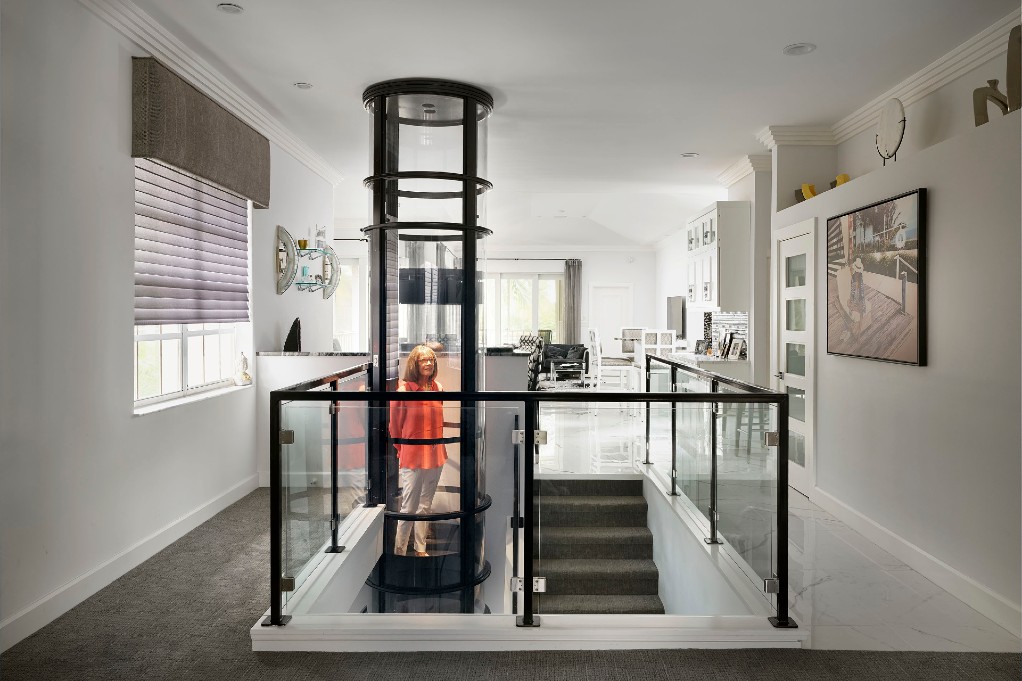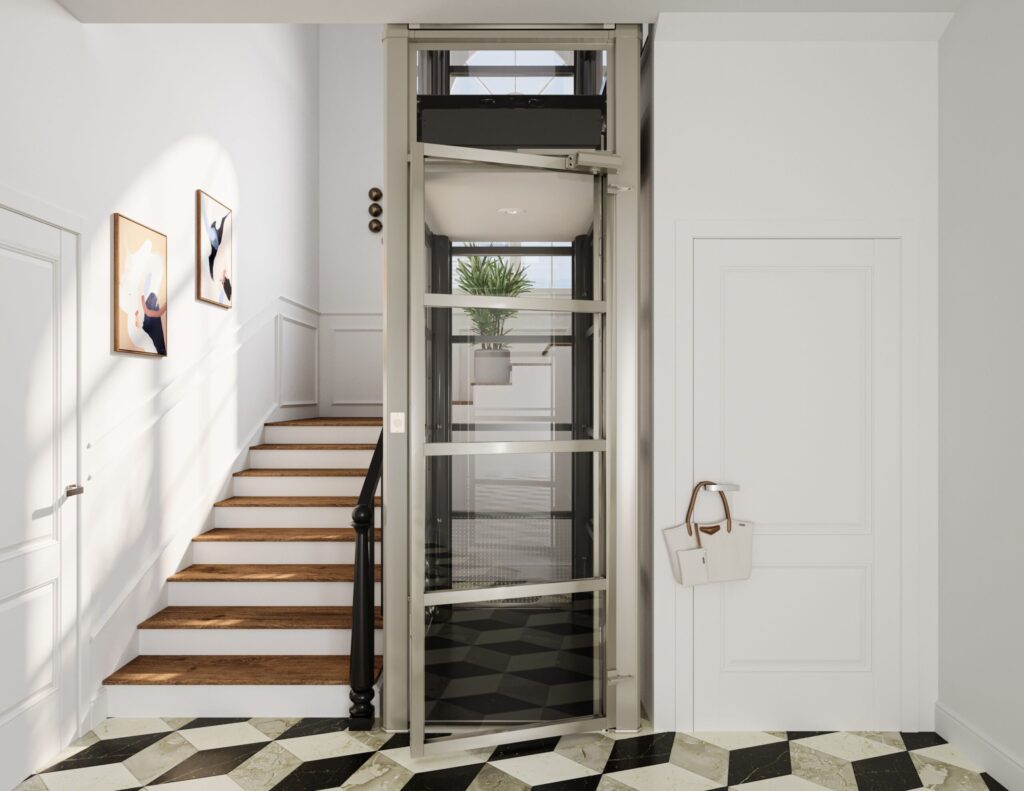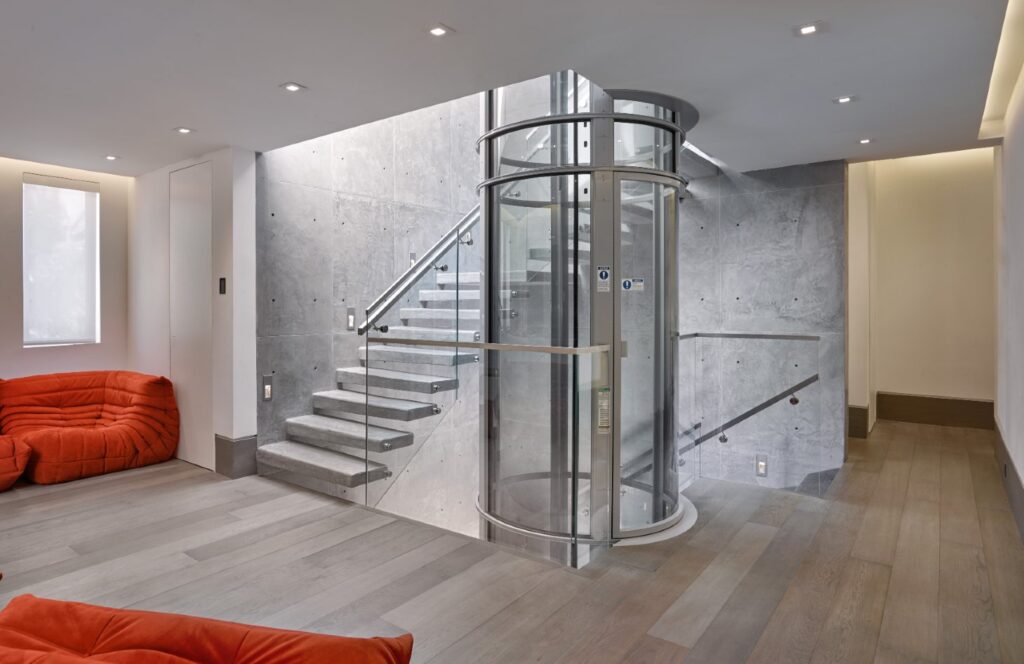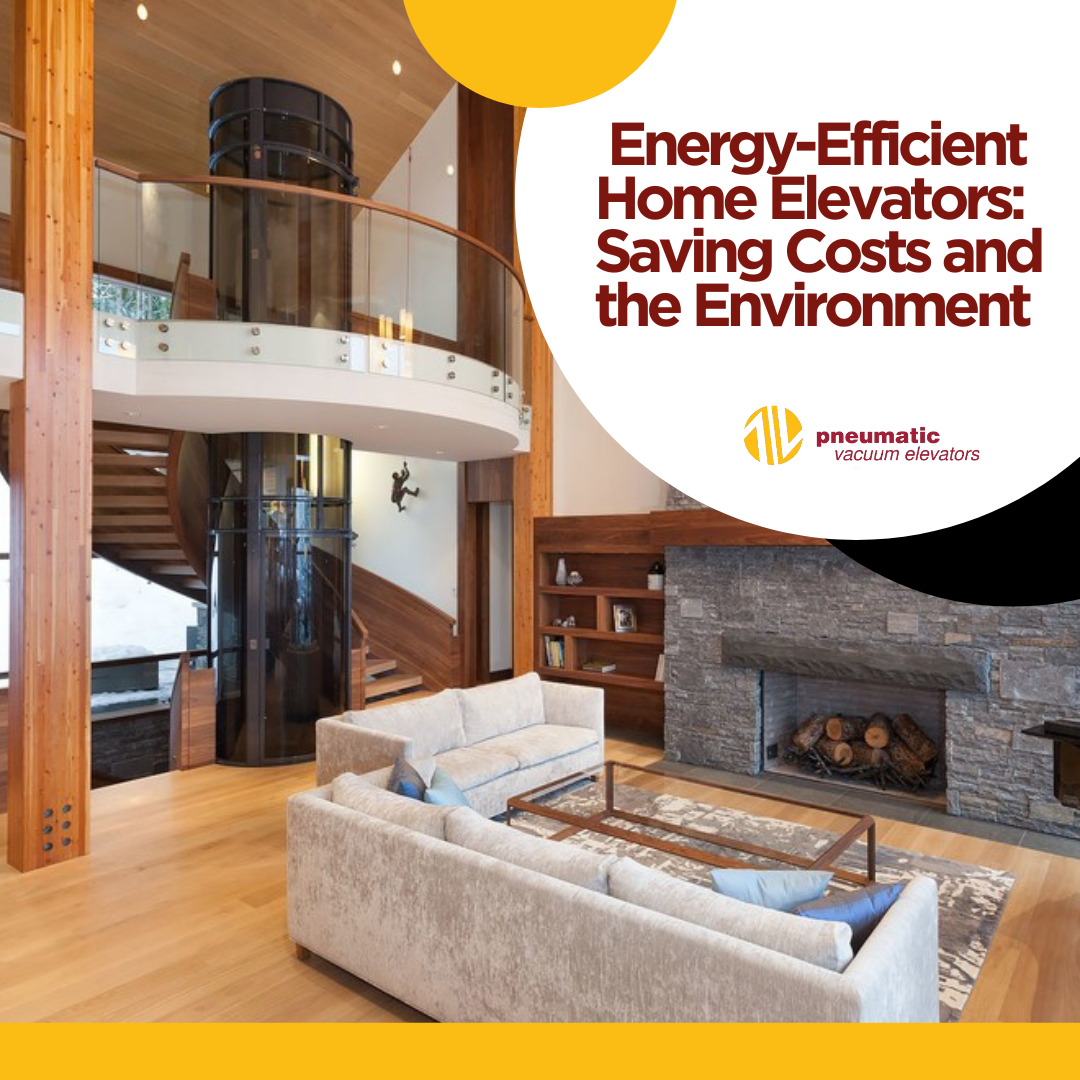
When it comes to vertical transportation within a building, the classification of elevators extends beyond the familiar passenger elevators. Service elevators play a crucial role in facilitating the efficient movement of goods, employees, and sometimes even patients in specialized settings like hospitals. In this guide, we’ll explore the characteristics of service elevators, their uses, and how to determine if your business needs one.
Passenger vs. Service Elevators: Which Elevator Saves You Time (and Sanity)?

To distinguish between passenger and service elevators, it’s essential to understand their design and intended purposes. Passenger elevators, often found in commercial and residential buildings, prioritize carrying people. In contrast, service elevators are tailored for the transportation of goods and employees, particularly in areas with restricted access or heavy traffic of large items.
In a hospital setting, for instance, passenger elevators are designed for general use, while service elevators, with their deeper dimensions, accommodate hospital beds and stretchers. The interior of passenger elevators tends to be more aesthetically pleasing, while service elevators may have a more utilitarian appearance with rugged metal walls and additional bumper rails.
Determining the Need for a Service Elevator

How to Know if Your Business Needs a Service Elevator
Determining whether your building requires a service elevator involves assessing the nature of your operations. If your staff needs to move around or transport goods frequently without disrupting customer use of passenger elevators, a service elevator is likely necessary. Additionally, if your building has restricted-access areas or experiences high customer traffic, a service elevator can provide a convenient and secure solution.
Service Elevator Uses
Service elevators serve as modified passenger elevators intended for staff use. These elevators have horizontal doors but are larger than regular passenger elevators. Common uses include:
- Employee Movement: Efficiently moving staff around a building without disrupting customer flow.
- Material Goods Transportation: Transporting goods without interfering with passengers using passenger elevators.
- Restricted-Access Areas: Providing a safe and secure way to move within restricted-access areas of a building.
If your business involves the frequent transportation of bulky or heavy items, a freight elevator may be more suitable. Freight elevators are designed for the vertical transportation of material goods, with the ability to carry much heavier loads than passenger elevators. Commonly needed in settings like car dealerships, warehouses, retail spaces, and residential buildings, freight elevators are versatile and essential for specific applications.
Factors to Consider When Choosing a Service Elevator
When selecting a service elevator for your building, several factors come into play:
Location in Building
Consider where the elevator will be placed to ensure it meets the logistical needs of your operations.

Sizes and Types of Loads
Evaluate the sizes and types of loads that will be transported, ensuring the chosen elevator can handle your specific requirements.
Loading Mechanism
Determine how you will be loading the elevator, as this can impact the type of lift needed.
Types of Service Elevators
Understanding the different types of these elevators is crucial for making an informed decision based on your building’s requirements.
Hydraulic Service Elevators
- Engineering Characteristics:
- Low to medium-rise buildings (typically less than 60’ of travel)
- Low to medium-speed (200 ft./min. or less)
- Hydraulic Elevator Classifications:
- Holed: Allows up to 60’ of travel, with hydraulic cylinders in a drilled hole.
- Holeless: Ideal for buildings where drilling isn’t possible, recommended for up to 40’ of travel.
Traction Service Elevators
- Engineering Characteristics:
- Medium to high-rise buildings (typically more than 60’ of travel)
- Medium to high-speed (200 ft./min. or more)
Machine Room-Less Service Elevators (MRL)
- Engineering Characteristics:
- Medium to high-rise (50’-300’ of travel)
- Medium to high-speed (200-500 ft./min.)
- Space-Saving Benefits:
- Requires a small, efficient machine, reducing overhead mechanical structural support.
- Eliminates the need for an external machine room, providing significant space and cost savings.
- Cost-Saving Benefits:
- Long life cycle of equipment.
- Reduced operational costs compared to traditional designs.
- Simple installation and maintenance.
Service Cab & Door Equipment
Safety and reinforcement features are crucial for the reliable operation of these elevators. Key features include:
- Non-skid steel platform
- 14-gauge steel panels
- Vertical counter-balanced car gates
- Weight boxes of 11-gauge sheet steel
Stanley Elevator offers various options for service applications, including resistance to wear and tear, different door configurations, and Peelle wireless door controllers for maximum reliability.
FAQs About Service Elevators
What is the function of a service elevator?
The primary function of a service elevator is to facilitate the movement of employees, goods, or specific materials within a building without disrupting the regular flow of passengers using standard passenger elevators. These elevators are designed to serve areas with restricted access or where the transportation of large items, such as furniture or medical equipment, is frequently required. They provide a practical and efficient solution for internal logistics within a building.
What is the difference between a freight elevator and a service elevator?
The main difference lies in their intended purpose and design. Freight elevators are specifically designed for the vertical transportation of heavy or bulky goods, emphasizing higher weight capacities and slower speeds compared to passenger elevators. They often have vertical doors and are commonly found in settings like warehouses, car dealerships, or retail spaces. In contrast, a standard elevator, also known as a passenger elevator, is designed primarily for transporting people within a building.
What size is a service elevator?
The size of a service elevator can vary depending on the specific requirements of the building and its intended use. They are typically larger than standard passenger elevators to accommodate the transportation of goods and employees. Dimensions may vary, but they are generally designed to handle larger and bulkier items, ensuring efficient logistics within the building.
How does the elevator on service work?
The operation of a service elevator depends on its type, with hydraulic, traction, and machine room-less (MRL) options available. In general, service elevators operate similarly to passenger lifts, utilizing a system of pulleys, ropes, or hydraulic cylinders to move the lift cab vertically. The selection of a specific service lift type will determine the engineering characteristics, such as speed, capacity, and space requirements.
Is a service elevator a freight elevator?
While service elevators share some similarities with freight elevators, they are not exactly the same. Service elevators are modified passenger lifts intended for staff use and the transportation of goods within a building. They are often located in employee-only areas or places where large items are frequently transported. Freight elevators, on the other hand, are explicitly designed for the vertical transportation of material goods, emphasizing heavy load capacities and slower speeds. The distinction lies in their primary functions and specific use cases.
What is an elevator service room?
An elevator service room is a dedicated space within a building that houses the equipment and machinery necessary for the operation and maintenance of elevators. This room may contain components such as the elevator motor, control systems, and other technical elements. In the context of service lifts, some modern designs, particularly machine room-less (MRL) lifts, eliminate the need for a separate service room. Instead, they integrate the required equipment within the elevator shaft, providing space and cost savings.
Elevate Your Building Experience with PVE Vacuum Elevators – Your Premier Choice for Service Elevators!
When it comes to service elevators, PVE sets the gold standard, offering a range of cutting-edge solutions to meet your specific needs.
Why PVE Vacuum Elevators?
Tailored Solutions: PVE understands that every building is unique. That’s why we offer tailored solutions to ensure your service elevator meets the demands of your business. Whether it’s moving employees efficiently or transporting material goods without disruption, PVE has you covered.
Expert Guidance: Unsure about the type of elevator your business needs? Let PVE Vacuum Elevators guide you through the decision-making process. Our experts can assess your requirements and recommend the perfect service elevator to enhance your building’s efficiency.
Top-notch Quality: Elevators are an investment, and PVE ensures you get the most out of it. Our wide range of services ensures your equipment remains in pristine condition, providing long-lasting, reliable performance.
Elevate Your Building’s Potential
Choose PVE Vacuum Elevators for:
- Safety: Our elevators are designed with safety as a top priority, ensuring smooth and secure transportation of goods and personnel.
- Efficiency: PVE elevators are engineered for optimal performance, minimizing disruptions and keeping your building operations running smoothly.
- Innovation: Stay ahead with PVE’s innovative elevator solutions, incorporating the latest technologies for an unmatched user experience.
Contact PVE Vacuum Elevators Today!
Ready to elevate your building experience? Contact PVE Vacuum Elevators today for expert advice, top-notch service, and the best-in-class service elevators. Visit PVE to explore our offerings and take the first step toward a more efficient and streamlined vertical transportation system.
Click Here to Check the Gallery of Photos (PVE SERVICE ELEVATORS)








